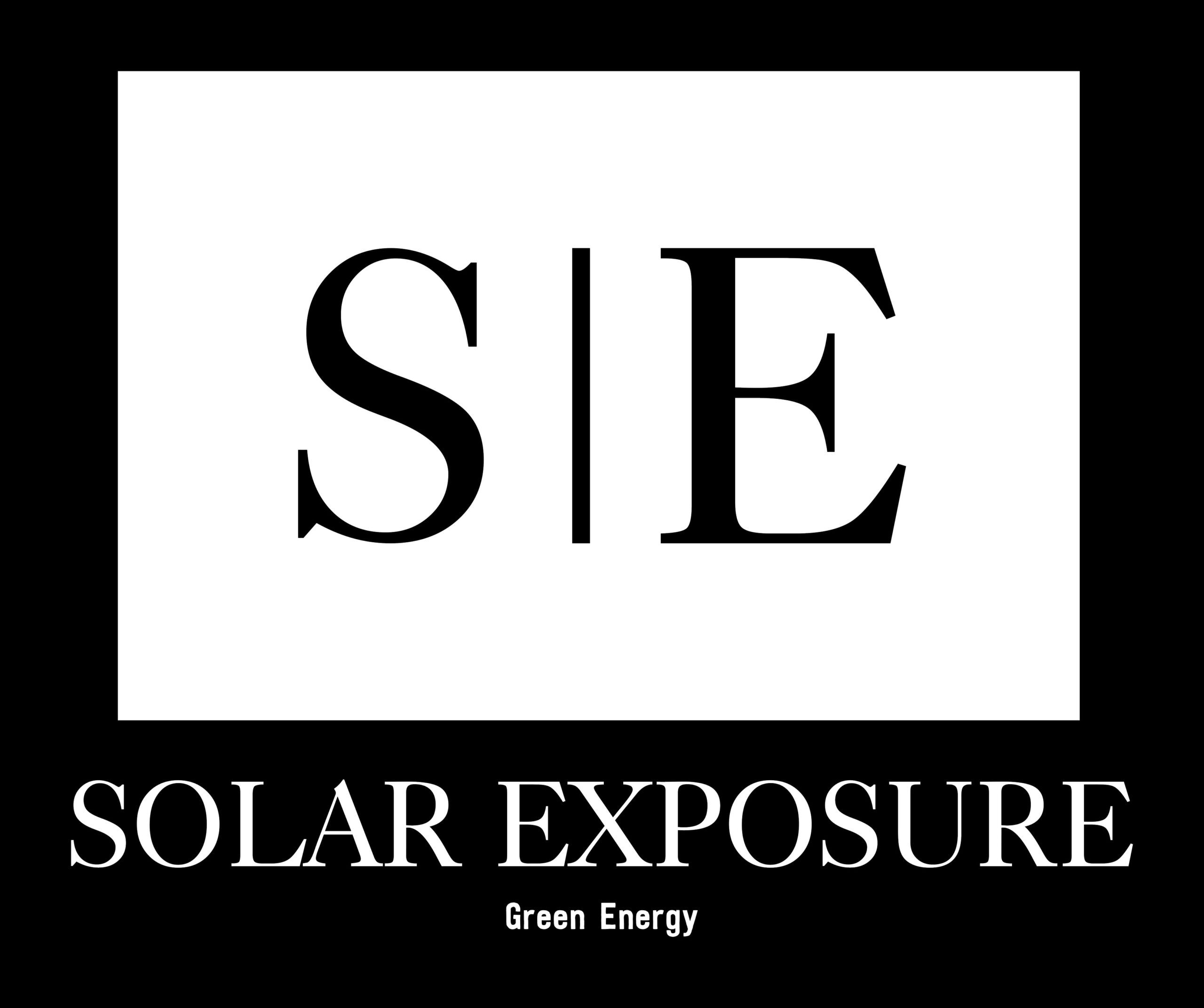How much are solar panels in Ireland?
September 17, 2024Understanding Commercial Solar Cell Efficiency: What You Need to Know
October 1, 2024
Solar panel efficiency is typically lower than other energy sources due to several factors:
- Material Limitations: Most solar panels are made from silicon, which has an efficiency limit known as the Shockley-Queisser limit. This theoretical maximum for converting sunlight to electricity is around 33%, but most commercial panels operate at about 15-22%.
- Energy Loss: Not all sunlight that hits a panel is converted into electricity. A portion of the sunlight is reflected off the panel, and some wavelengths (like infrared) are not efficiently absorbed.
- Heat: High temperatures can decrease solar panel efficiency. As the panel heats up, its ability to generate electricity decreases due to the thermal expansion of the semiconductor materials, which increases electrical resistance.
- Shading and Dirt: Even small amounts of shade, dirt, or debris on a solar panel can significantly reduce its output. This is because most solar panels are connected in series, so if one part of a panel is shaded, it can reduce the overall output.
- Angle and Orientation: Solar panels work best when they receive direct sunlight. If they are not installed at the optimal angle or facing the correct direction, their efficiency drops.
- Mismatch between Solar Spectrum and Panel Sensitivity: The sun emits a broad spectrum of light, but solar cells only efficiently convert certain parts of this spectrum. Light that is too high or low in energy is not absorbed effectively.
- Degradation Over Time: Solar panels degrade slowly over time, which lowers their efficiency. This can be due to environmental factors like UV exposure or weathering.
Improving efficiency is a major research focus, but these limitations still challenge solar technology.

